
PANCREATIC CANCER NEEDS CATCHING EARLY. THE SIGNS AND SYMPTOMS TO LOOK OUT FOR
Pancreatic cancer is one of the most dangerous and deadly forms of cancer because it is often discovered too late. The pancreas is a small organ located deep inside the abdomen, which makes it difficult to detect tumors early. By the time symptoms become noticeable, the disease may already have progressed to an advanced stage. For this reason, recognizing early signs and symptoms is absolutely essential. When pancreatic cancer is diagnosed early, treatment options are more effective, giving patients a much higher chance of survival.
One major challenge with pancreatic cancer is that early symptoms are often subtle or mistaken for common digestive problems. People may ignore or dismiss them, not realizing that their bodies are trying to send warnings. One of the earliest symptoms to look out for is abdominal pain. This pain often starts in the upper part of the stomach and may spread to the back. It can come and go, and it might become worse after eating or when lying down. Because stomach pain is such a common issue, many do not associate it with something serious.
Another important symptom is unintentional weight loss. When a person starts losing weight without changing their diet or exercise habits, it can be a sign that something is wrong inside the body. Cancer cells consume large amounts of energy and can affect digestion, leading to sudden weight loss. Patients may also lose their appetite or feel full very quickly, which contributes to the problem.
A third symptom to be aware of is jaundice, which is the yellowing of the skin and eyes. This happens when a tumor blocks the bile duct, preventing bile from flowing properly. Jaundice is often accompanied by dark urine, pale stools, and itchy skin. Unlike other symptoms, jaundice is more noticeable and should always be taken seriously, as it often indicates a problem with the liver or pancreas.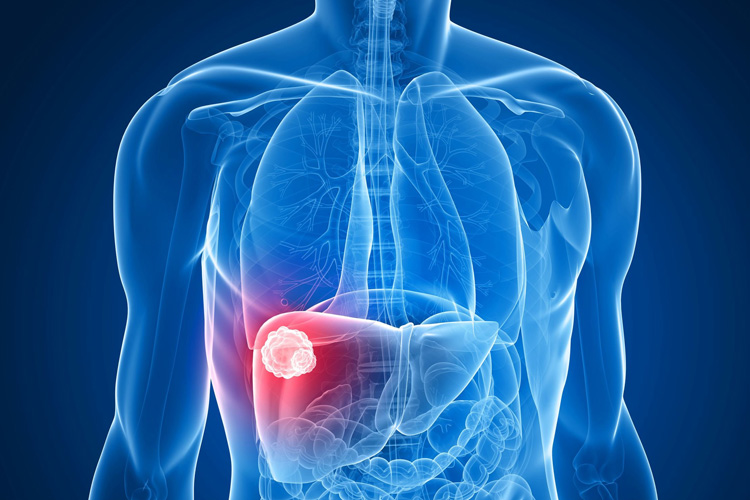
Digestive changes are another warning sign. Many people with pancreatic cancer experience nausea, vomiting, diarrhea, or greasy stools. Greasy or floating stools can indicate that the pancreas is no longer producing enough enzymes to properly digest fat. This symptom is often embarrassing or misunderstood, so patients may avoid discussing it—yet it is a crucial signal.
Lastly, some individuals may develop new-onset diabetes. The pancreas plays a major role in managing blood sugar. When cancer affects this function, blood sugar levels may suddenly become abnormal. People who did not previously have diabetes but begin to experience unexplained high blood sugar should consult a doctor, especially if this occurs together with other symptoms.
While each of these signs alone might not be alarming, experiencing multiple symptoms at the same time should be a cause for concern. It is important to remember that early detection saves lives. Doctors may recommend imaging tests, such as CT scans or ultrasounds, as well as blood tests designed to identify pancreatic problems sooner.
Raising awareness is critical because pancreatic cancer progresses quickly and silently. Everyone should learn to listen to their bodies and seek medical attention if something feels unusual. Regular check-ups, especially for those with a family history of the disease, can make a life-changing difference.
In conclusion, pancreatic cancer is aggressive, but early action can provide hope. Understanding and recognizing symptoms such as abdominal pain, jaundice, unexplained weight loss, digestive problems, and sudden diabetes is key to catching the disease in its early stages. By being alert and proactive, we can protect ourselves and encourage others to do the same. Awareness today could save a life tomorrow.
News in the same category


The Ultimate Healing Tonic: A Powerful Natural Drink for Swollen Feet, Diabetes & Poor Circulation

If you suffer from arthritis pain and joint aches, here's what you should know
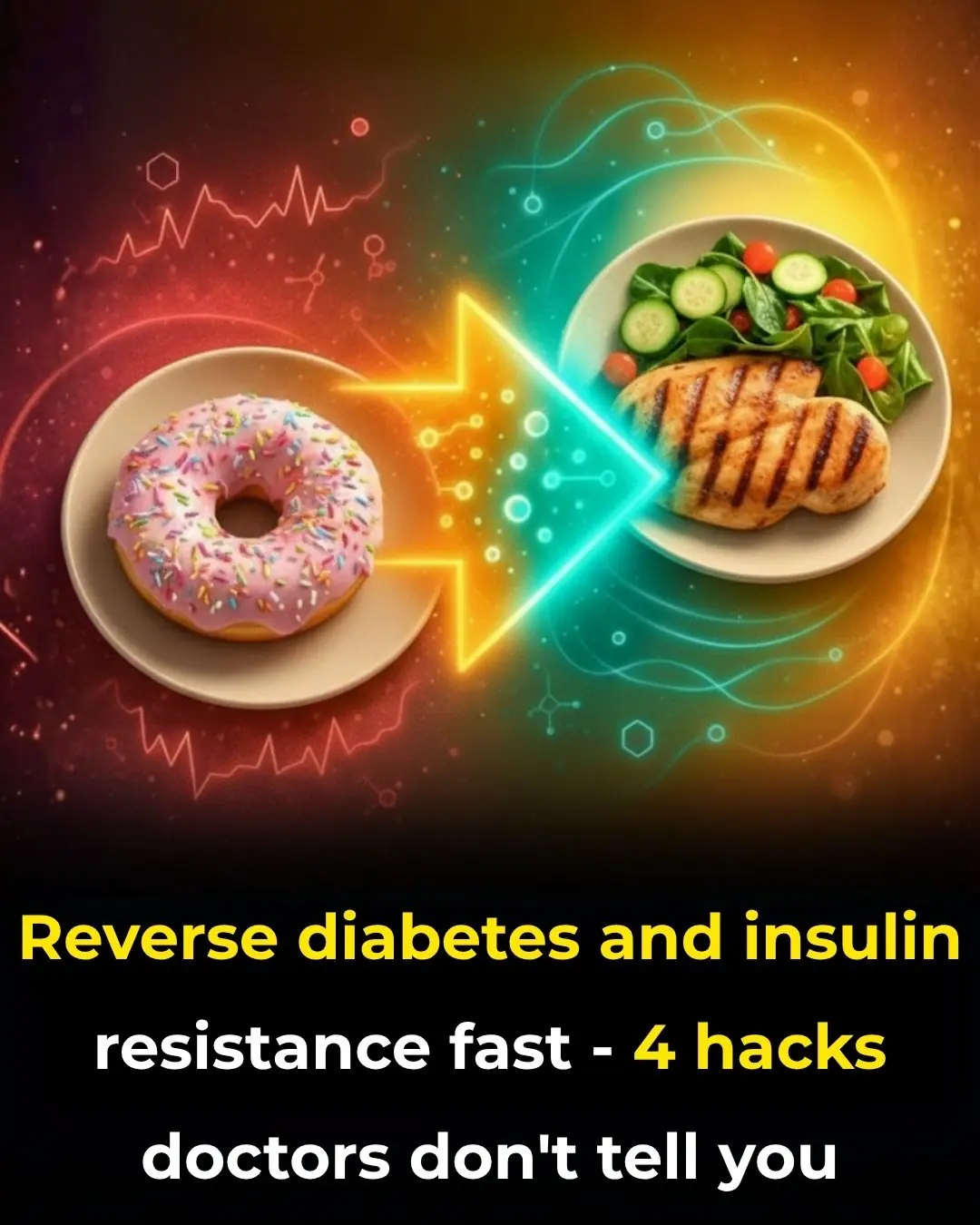
Reverse diabetes and insulin resistance fast—4 hacks doctors don’t tell you!

4 powerful remedies to eliminate parasites—#2 will surprise you!

Top 7 peripheral neuropathy creams that actually STOP nerve pain fast!

The Real Health Benefits of Papaya Seeds: A Tiny Powerhouse Worth Trying

15 Things That Women Will Always Notice About A Man Over 50
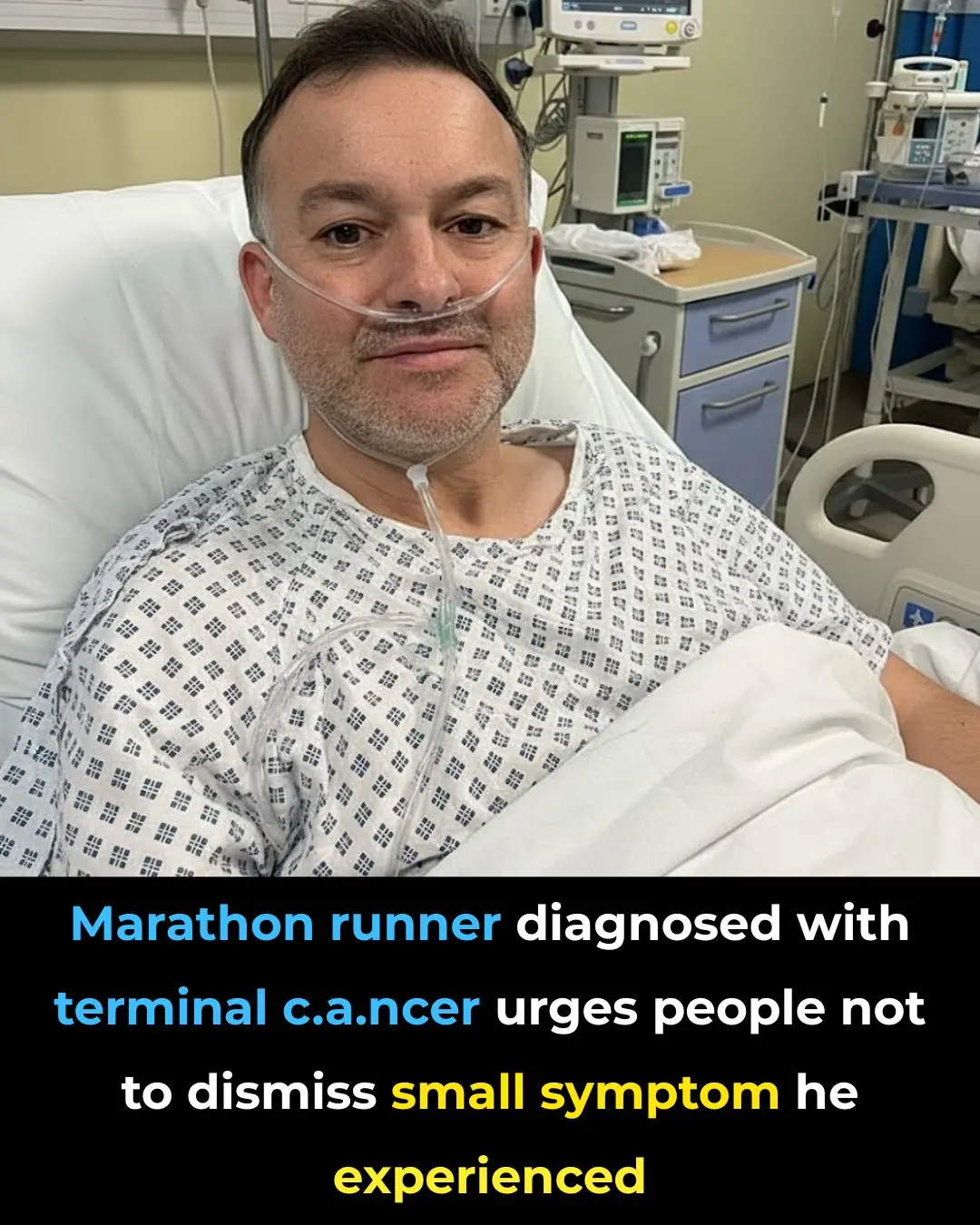
Marathon Runner Diagnosed With Terminal Cancer Warns Against Ignoring Small Symptoms
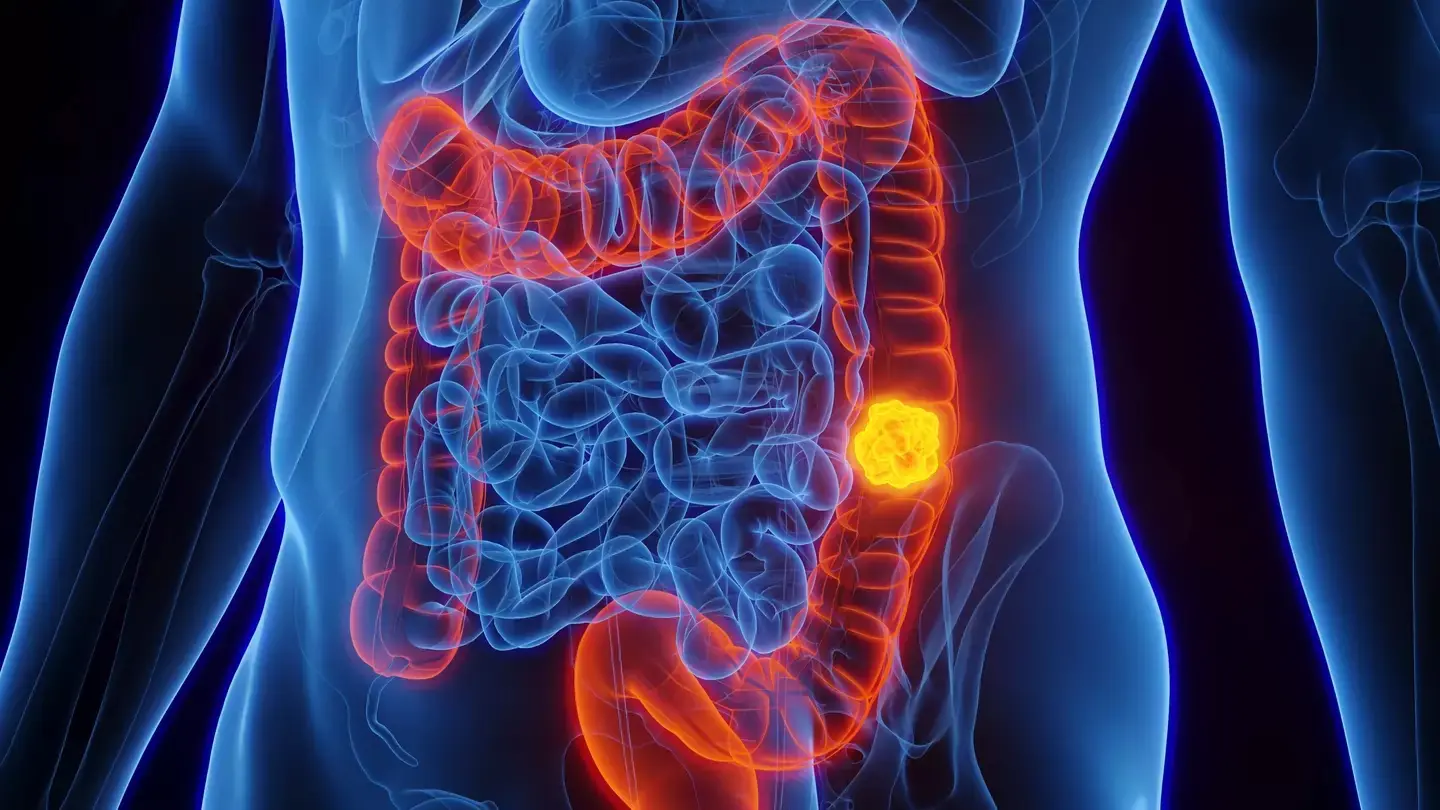
Woman diagnosed with stage four colon cancer warns people about 5 symptoms she ignored
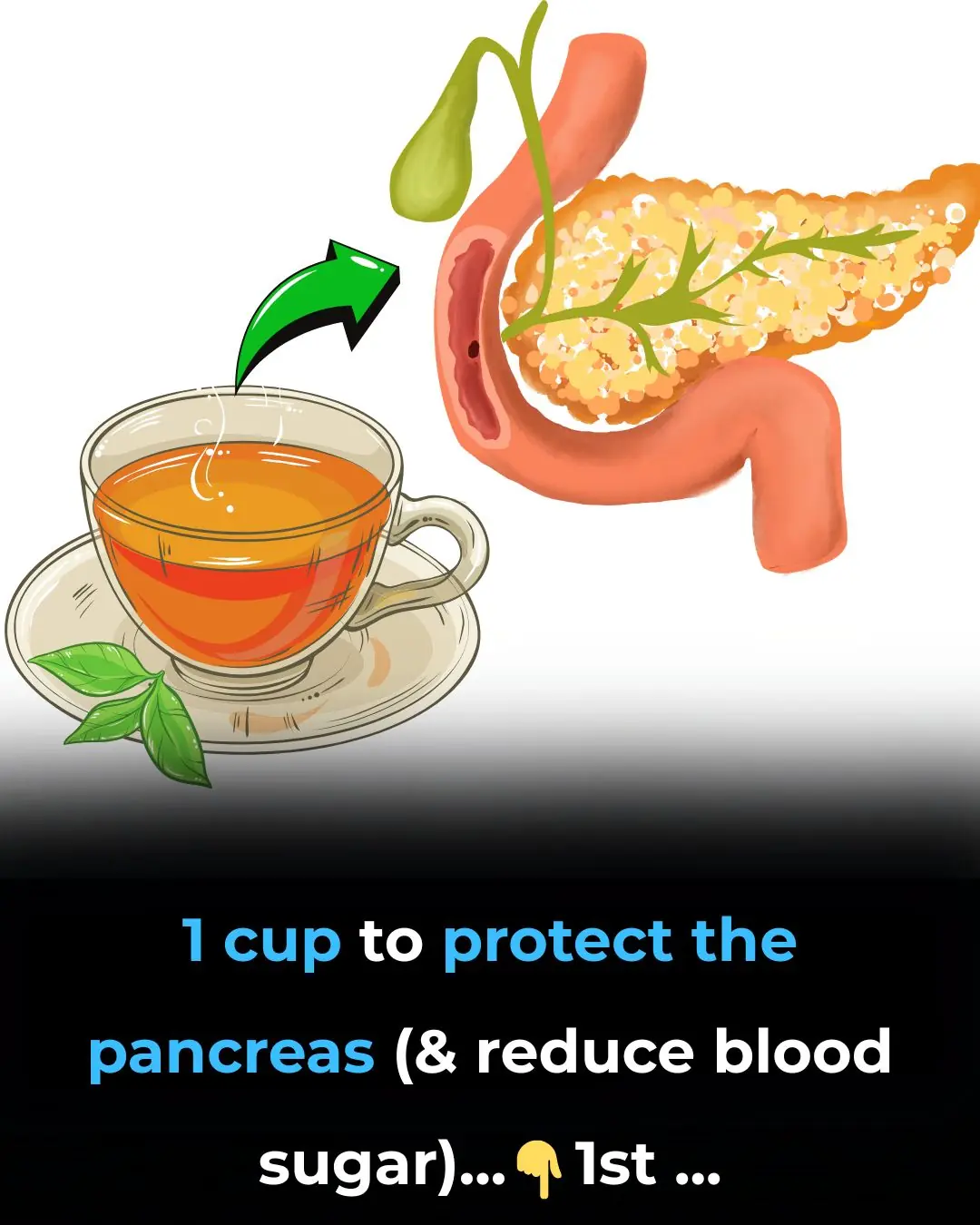
1 cup to protect the pancreas (and reduce blood sugar)

Eliminate Excess Water and Prevent Hand and Foot Swelling with These Effective Recipes

MARATHON RUNNER DIAGNOSED WITH TERMINAL CANCER URGES PEOPLE NOT TO DISMISS SMALL SYMPTOM HE EXPERIENCED

4 Powerful Foods That Naturally Boost Collagen and Repair Your Body from Within

Ugh, these so annoying

1 Teaspoon in Your Morning Coffee Could Stop Insulin Resistance Within Minutes
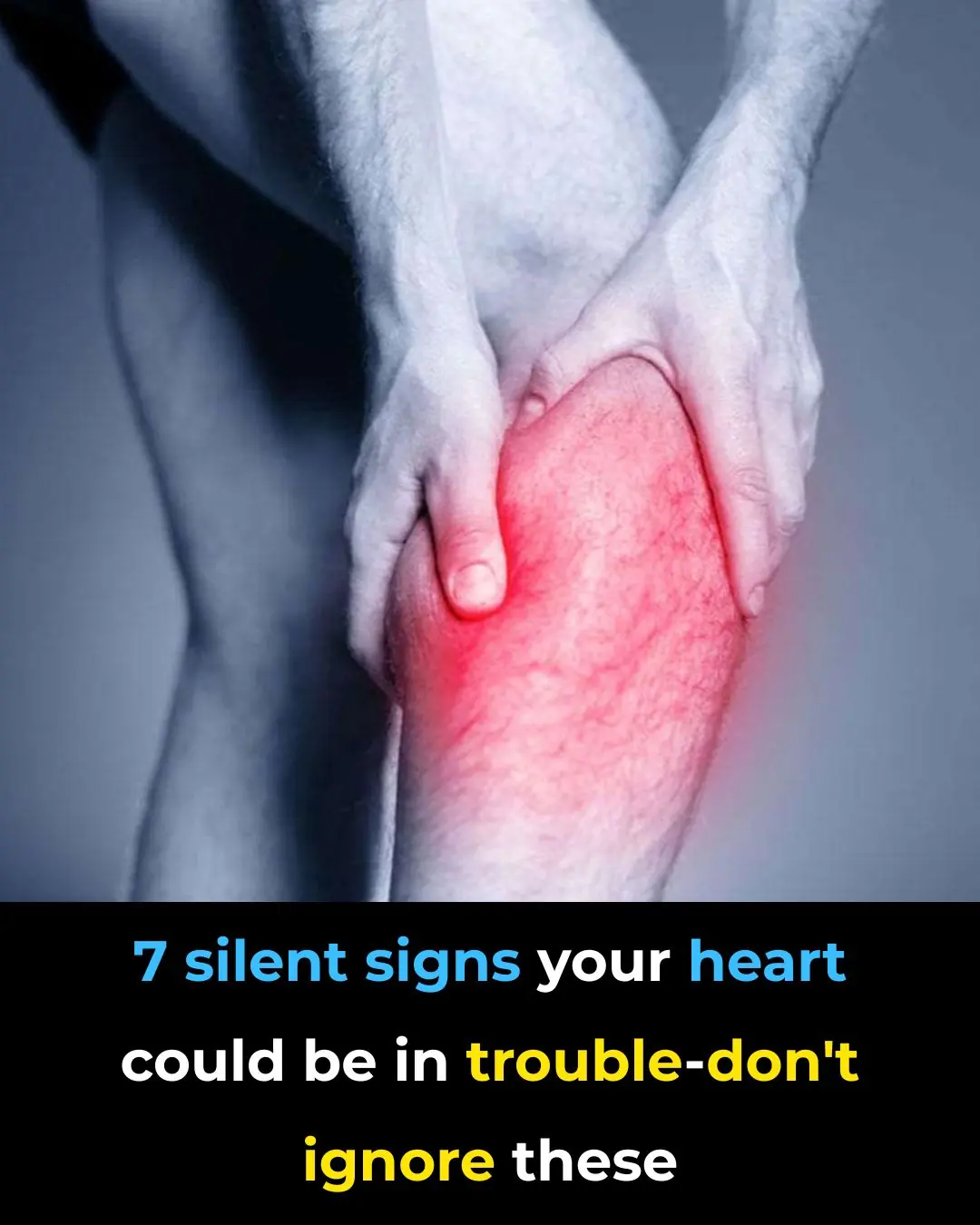
7 silent signs your heart could be in trouble – don’t ignore these!

Thyme Essential Oil Shows Promise in Killing Lung, Oral, and Ovarian Cancer Cells

7 Warning Signs of a Heart Attack You Should Never Ignore
News Post

Rock Star’s Family Devastated As Common Symptom Leads To ER Visit And Aggressive Cancer Diagnosis

Tammy Slaton Shocks Fans With Stunning Weight Loss Photos—Inside Her Transformation

Doctors Feared Baby Had a Mouth Tumor—But the Real Cause Left Everyone Stunned

31-Year-Old Father Warns Others After Subtle Symptoms Lead to Colon Cancer Diagnosis

35-Year-Old Man Dubbed the “Modern Dorian Gray” Reveals His Unusual Secrets for Staying Youthful

7-Eleven Manager Allegedly Suffocates Employee During Shift—Victim Dies Days Later

Take This Before Bed — and Wake Up Transformed

The Ultimate Healing Tonic: A Powerful Natural Drink for Swollen Feet, Diabetes & Poor Circulation

Stop This Dangerous Habit Before Your Phone Explodes!

Women Who Age Quickly & Have Shorter Lifespans Often Do These 4 Things at Night — How Many Are You Guilty Of?

Eating Fish “for Ultimate Strength” — 30-Year-Old Woman Diagnosed with Premature Ovarian Failure, Body Full of Mercury

42-Year-Old Man Dies of Stroke Despite No Smoking or Alcohol — Doctor Warns: “How Dare You Eat This Every Day!”

“Doctor warns: 3 beauty habits you might think are harmless — but that could speed up cancer development!”

Boil Perilla Leaves with a Few Stalks of Lemongrass — Your Body Gets These 7 Excellent Benefits

Everyone Fears Diabetes — But Diabetes “Fears” These 5 Foods the Most

Objects That May Be Harming Your Health Without You Noticing

Drinking Plantain Leaf Tea: 5 Powerful Health Benefits for Your Body

Drink Roasted Black Bean and Ginger Tea for 7 Days — Your Body Will Thank You with 3 Amazing Benefits

Garlic: The Natural Weapon Against Pests You Probably Forgot About
